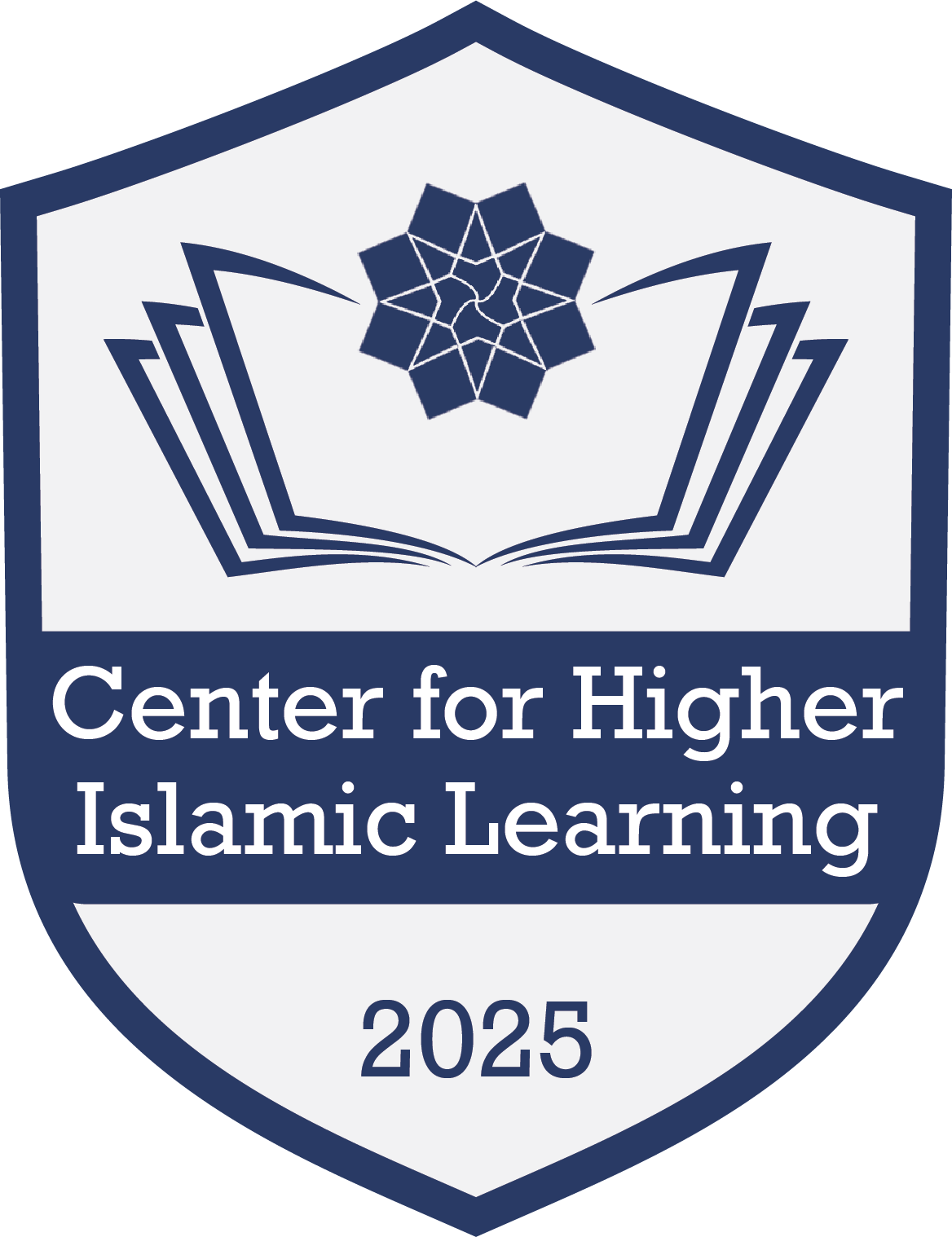About Course
Wednesdays | 6 pm to 8 pm
Starting September 10th
This course offers a chronological exploration of the life of the Prophet Muhammad (peace be upon him), tracing his journey from birth and early years through prophethood, the challenges in Makkah and Hijrah to Madinah, major battles and treaties, and his final sermon and passing. Drawing on classical sources such as Martin Lings’ “Muhammad: His Life Based on the Earliest Sources” and modern works like Karen Armstrong’s “Muhammad: A Prophet for Our Time,” students will examine key events, analyze the Prophet’s character and leadership, and reflect on the spiritual and ethical lessons that continue to inspire Muslims today.
The course combines lecture and discussion with reflection on how the Prophet’s example can guide personal development and community building. Each week includes readings and assignments to deepen understanding of the historical context and to connect the Seerah with contemporary issues.
Course Content
Week 1 | Introduction to Seerah
-
Introduction to Seerah Studies
Week 2 | Arabia Before Islam & the Prophet’s Birth
Week 3 | Early Life & Makkan Society
Week 4 | First Revelation & Early Converts
Week 5 | Public Preaching & Persecution
Week 6 | Year of Sorrow & Night Journey
Week 7 | Midterm Review & Exam
Week 8 | Hijrah: Migration to Madinah
Week 9 | Madinan Constitution & Social Reform
Week 10 | Battles & Strategy
Week 11 | Treaty of Hudaybiyyah & Conquest of Makkah
Week 12 | Final Sermon, Death & Legacy
Earn a certificate
Add this certificate to your resume to demonstrate your skills & increase your chances of getting noticed.

Student Ratings & Reviews

